A neat thing about this trip was that we took many modes of transportation. They weren’t merely means to get around, either. They were a lens into the local way of life, a cultural experience, and often incredibly fun.
Airplanes
Couldn’t have crossed the Pacific otherwise. But from the bare-bone AirAsia flight to 15.5 hours in Singapore Airlines business class, we sampled a good spectrum.
Cars / Vans
Also not too noteworthy aside from that we took some. I enjoyed the Grab app more so than Uber and Lyft, though. Probably because it didn’t bother me about tipping or rating drivers.

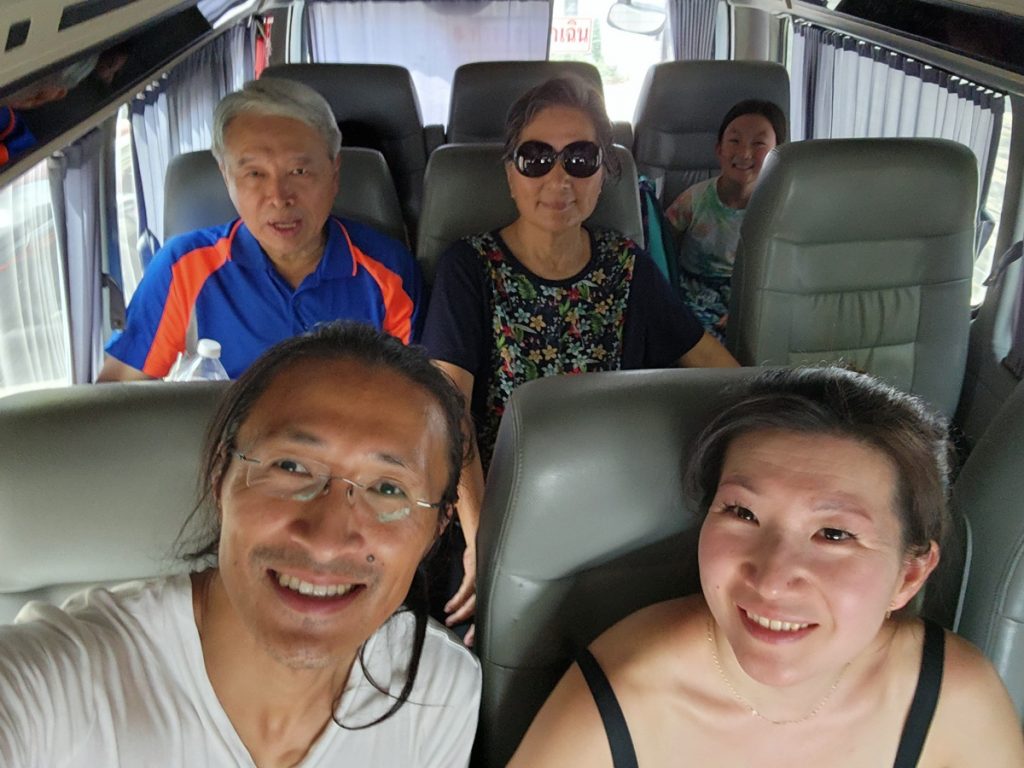
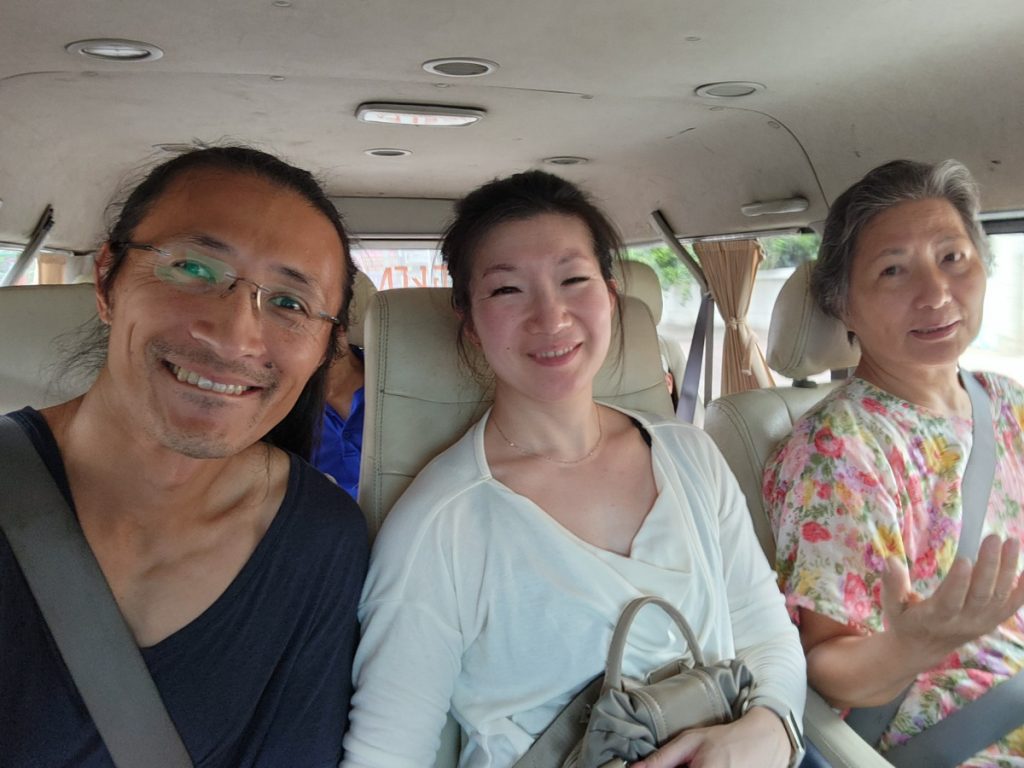
The most fun car ride had to be the taxi in Chiang Rai that took us to the airport. It was more compact than the compact cars in America, and its trunk could hardly contain a single suitcase. We ended up having the kids share a seat, two suitcases share another seat, and three backpacks on my lap.

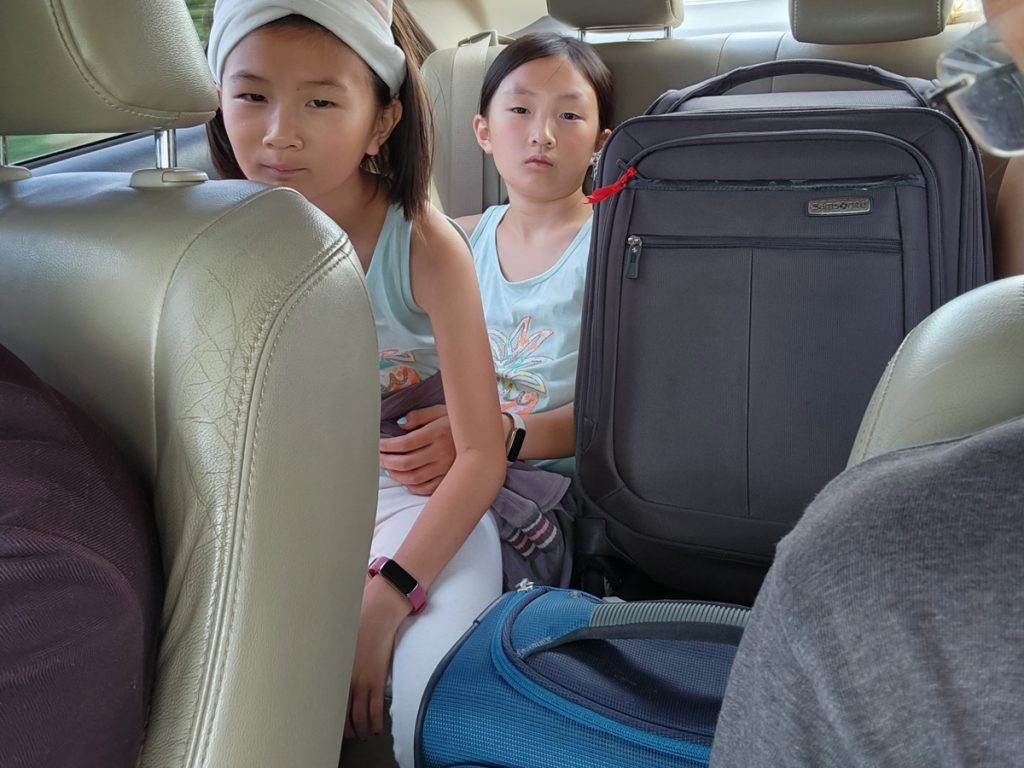
Bangkok: BTS & MRT
I wasn’t impressed with Bangkok’s public transit five years ago, but with MRT’s expansion since then it was far more useful for reaching tourist destinations. Still a bit inconvenient to have the BTS Skytrain and MRT Subway being entirely separate systems, though. Any transfers between the two meant exiting one station entirely and buying another ticket to enter the other co-located station. In fact, these were merely the two largest transit systems in Bangkok – the Airport Rail Link was its own network, the BTS Gold Line with merely 3 total stations was on its own, too.
That said, each of BTS and MRT was clean, comfortable, and reliable. The trains ran super frequently during the day so we hardly ever had to wait. I read somewhere that during super off-peak hours these trains ran on 15-minute intervals, which was incredible considering that I regularly wait longer for BART during peak commute time.
Another aspect of Bangkok’s mass transit that I really appreciated (similar for Singapore) was how they numbered each station. Ratchadamri and Saphan Taksin were both difficult names for a foreigner to remember, but these stations were also known as S1 and S6. Those codes indicated that they were both south of the central (Siam) station on BTS, and that they were 5 stations apart. This coding system made it easy to navigate and to estimate travel time. It came in real handy when we were in a mad rush to get to the train station…
The kids learned to work the ticket machines and enter/exit the stations like a pro.
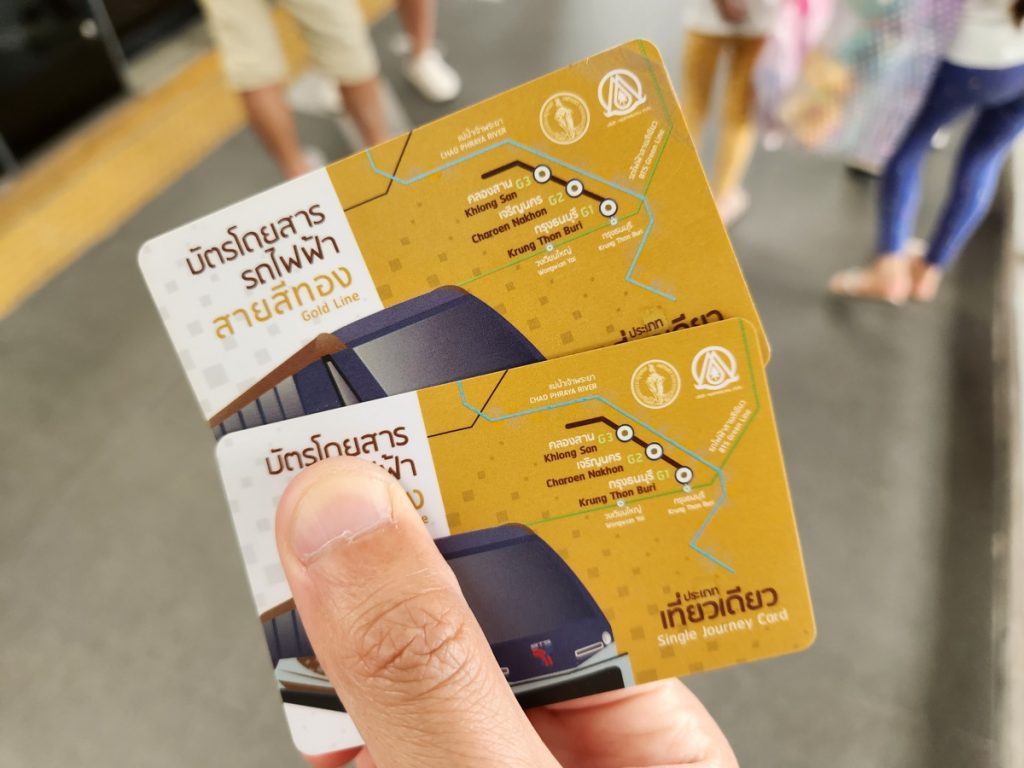

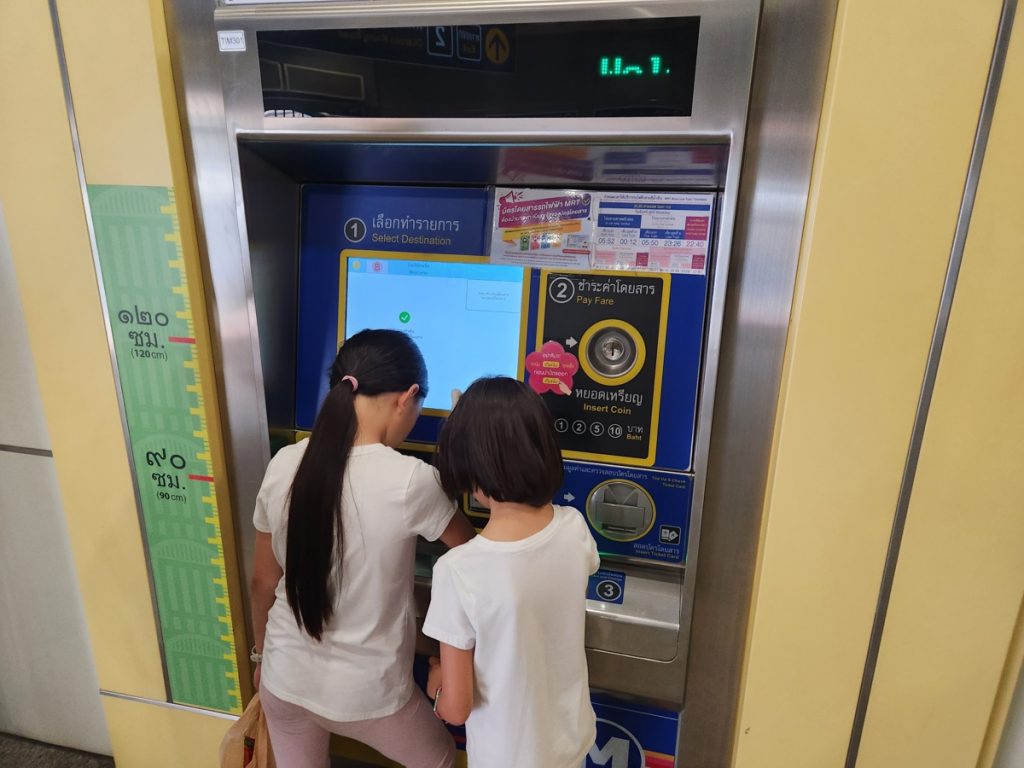
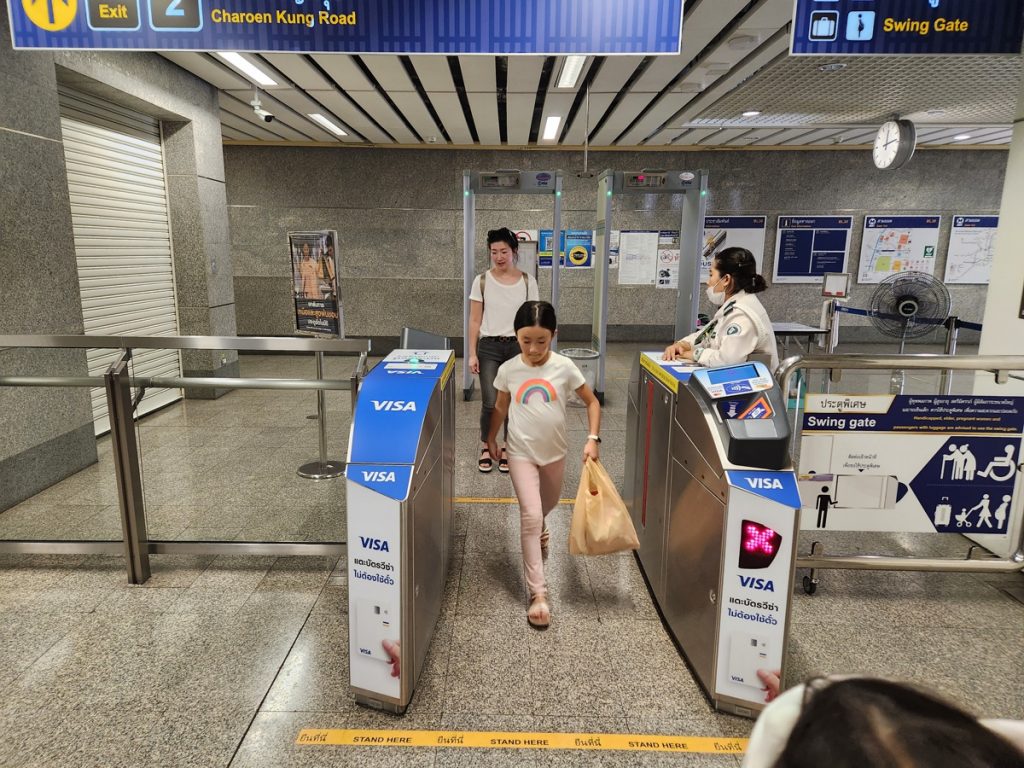
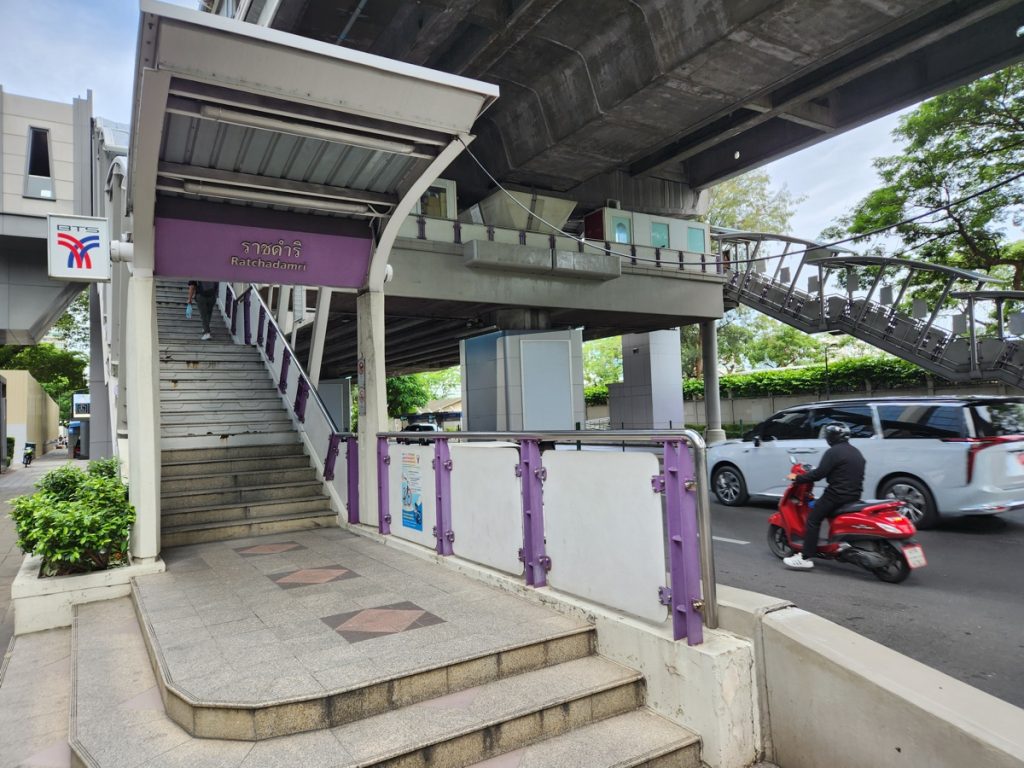
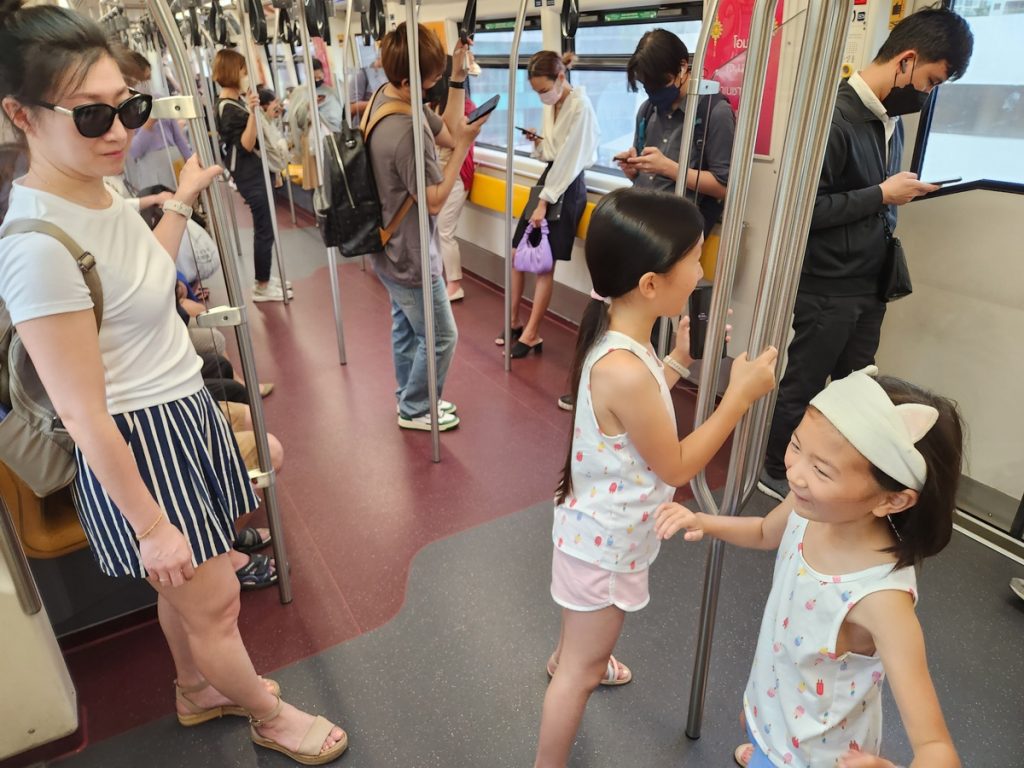
Bangkok: Chao Phraya Express
The boat service that went up and down Bangkok’s main river was a vital part the city’s public transit network, with a key connection to BTS at the Sathorn Pier. The service was easier to find and use than I remembered from the previous trip, and it was quite pleasant, too. The boat had an upper deck for full enjoyment of the view and breeze, and a lower deck to shield passengers from the elements. The kids loved it so much that we went out of the way to take it for the third time.
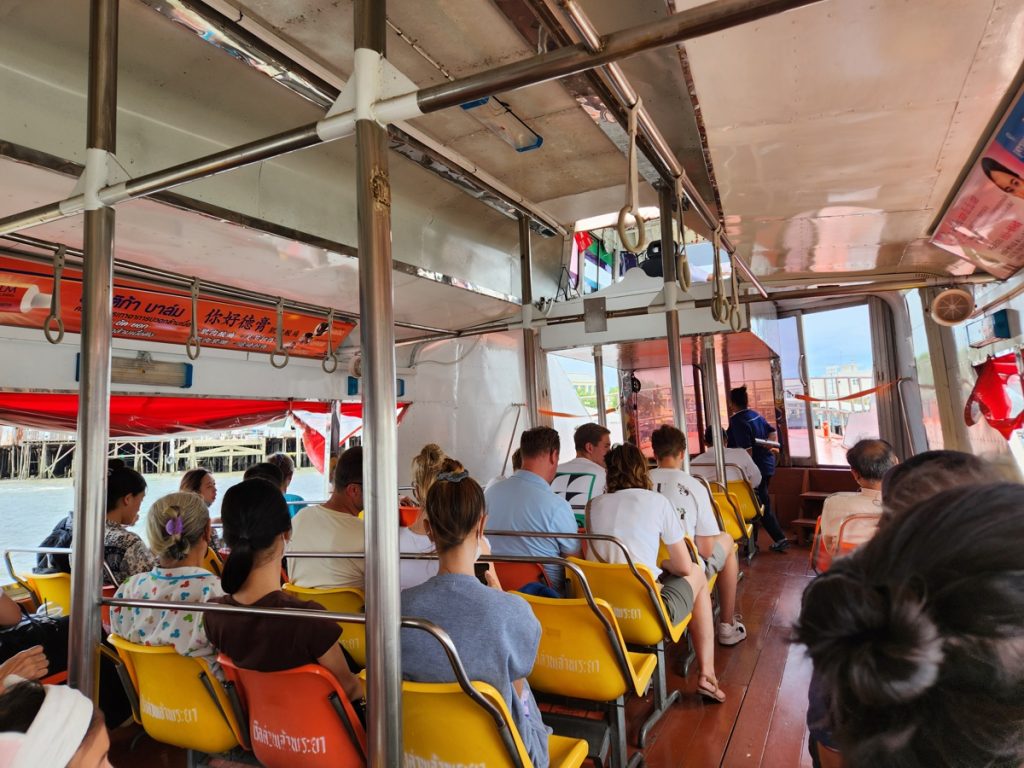
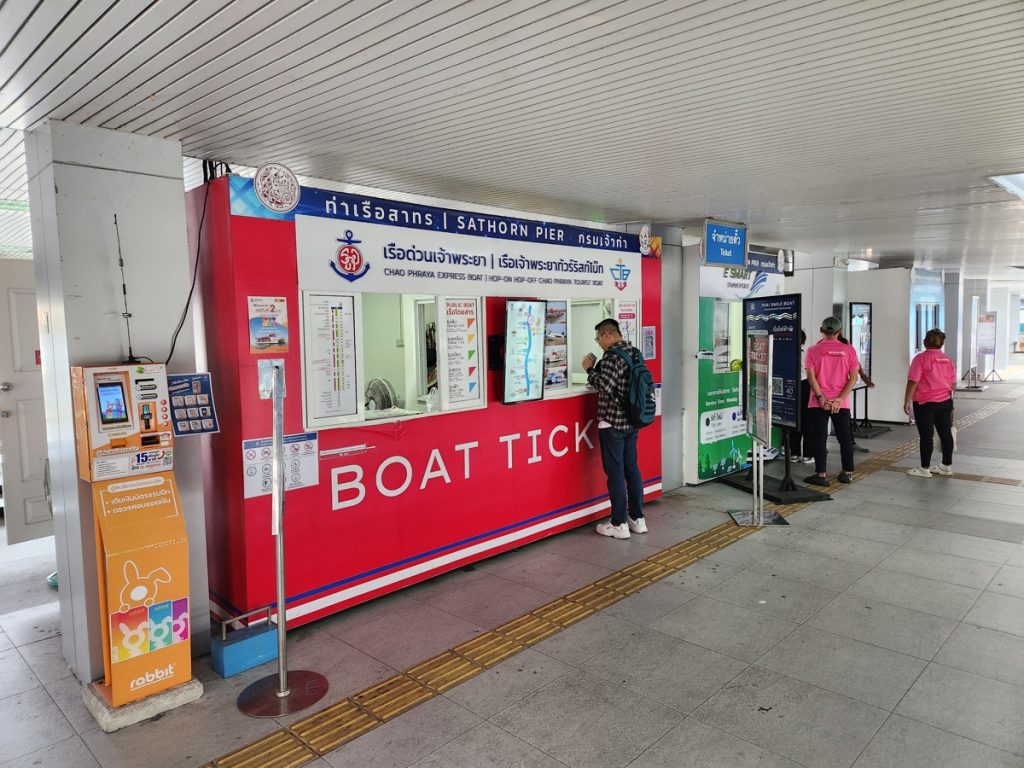
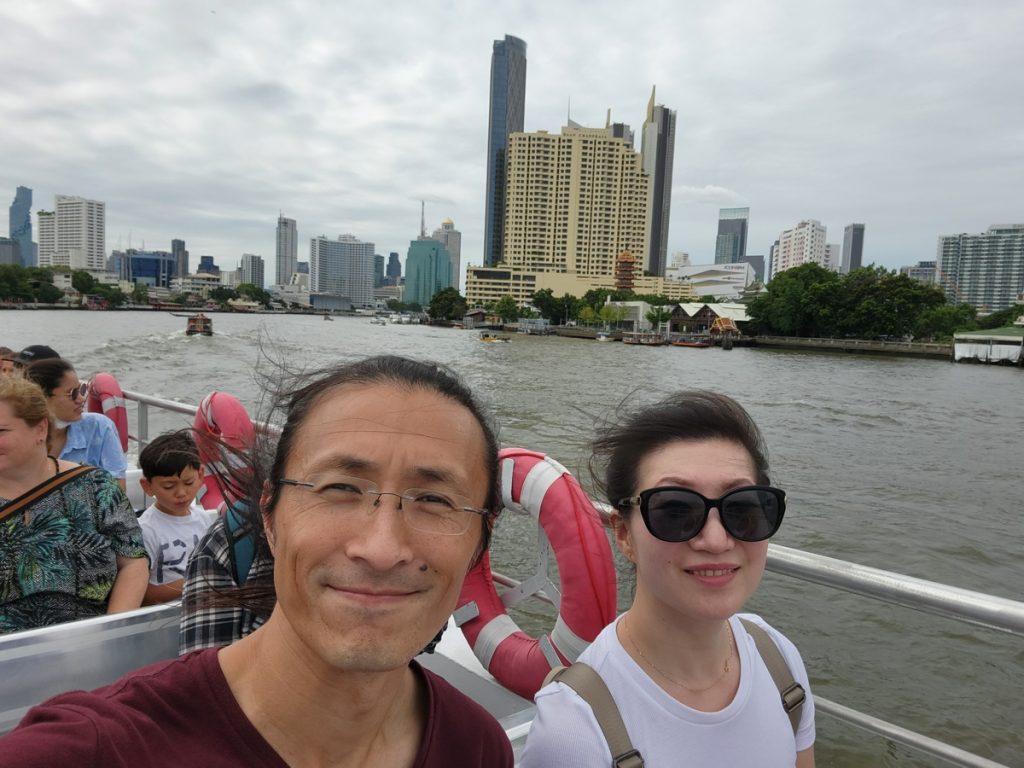
Bangkok: Ferry
As far as boats go, I really loved the simple and dirt cheap ferry crossing Chao Phraya River between Tha Chang and Wang Lang. It provided convenient escape from the tourist-overrun Grand Palace to a bustling local market nearly free of foreigners. This ferry was little more than a floating rectangle with a motor and some railing. There was no doors or windows whatsoever.
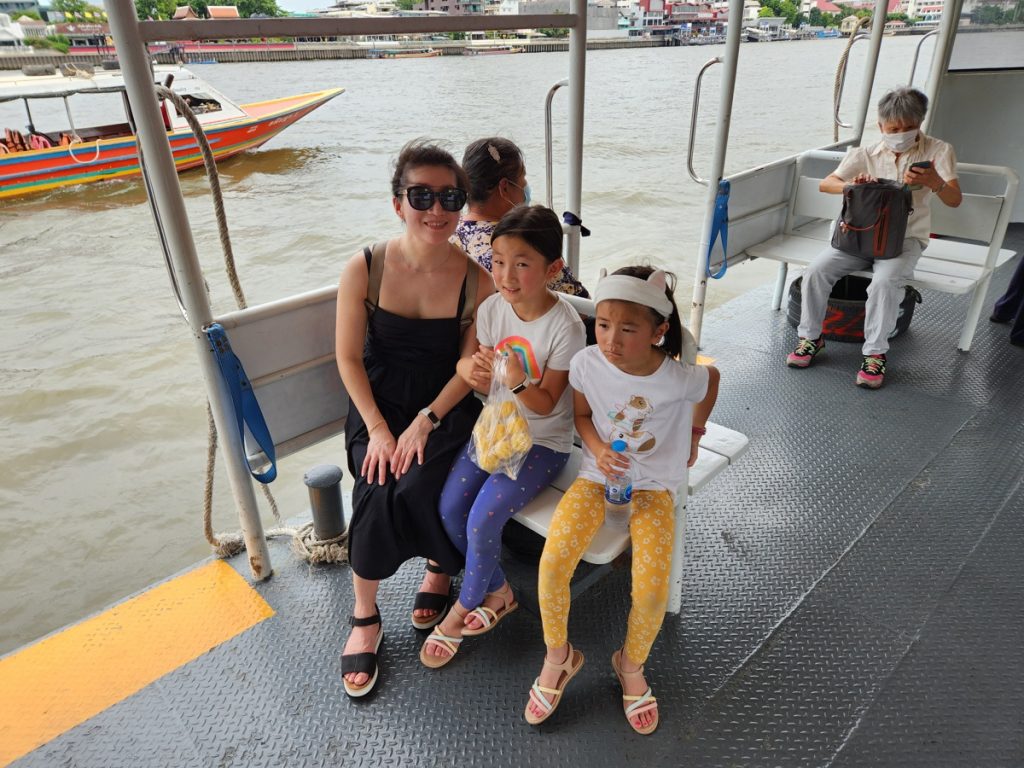
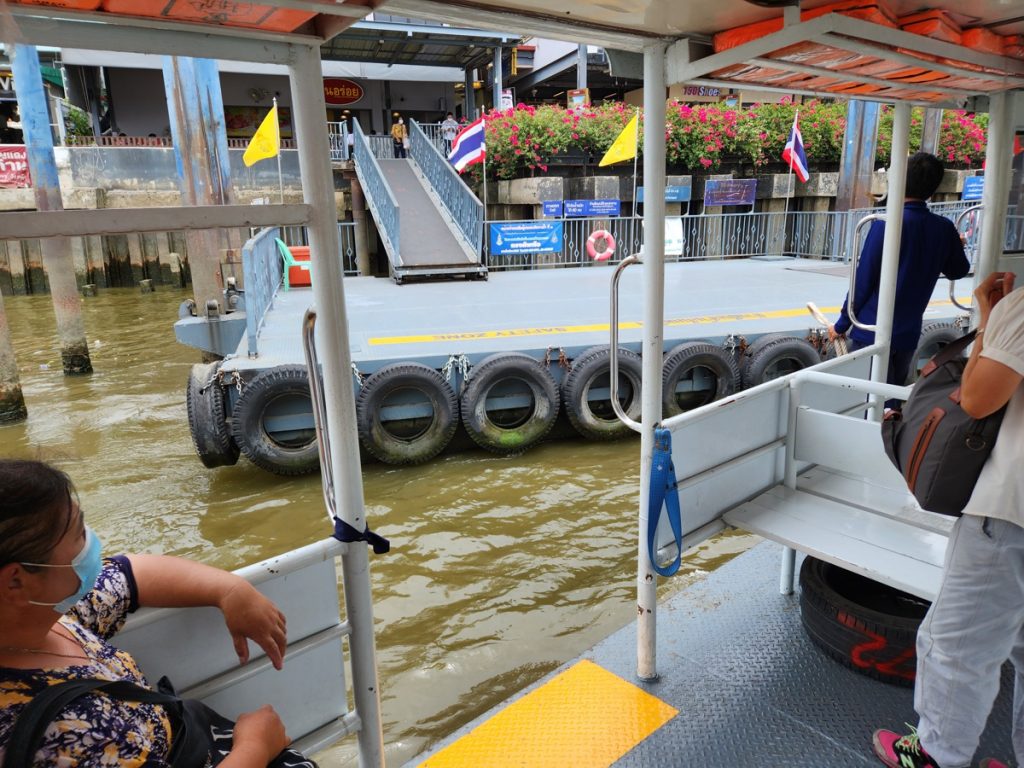
Bangkok: Khlong Saen Saep Boat
To round up more boats in this watery city, this speedy commuter boat along Bangkok’s largest canal is also noteworthy. We took the Golden Mount Line (on the western portion of the canal) going from Pratunam (half a mile from our hotel) to Panfa Leelard (where Wat Saket, the Golden Mount, was).
This long, shallow boat traveled so fast in the canal that its two sides had to be wrapped in sheets of plastic to prevent dirty water from flying into people’s faces. When riding this boat we got to see the houses along the canal, which reflected a very different way of life than what we were used to.

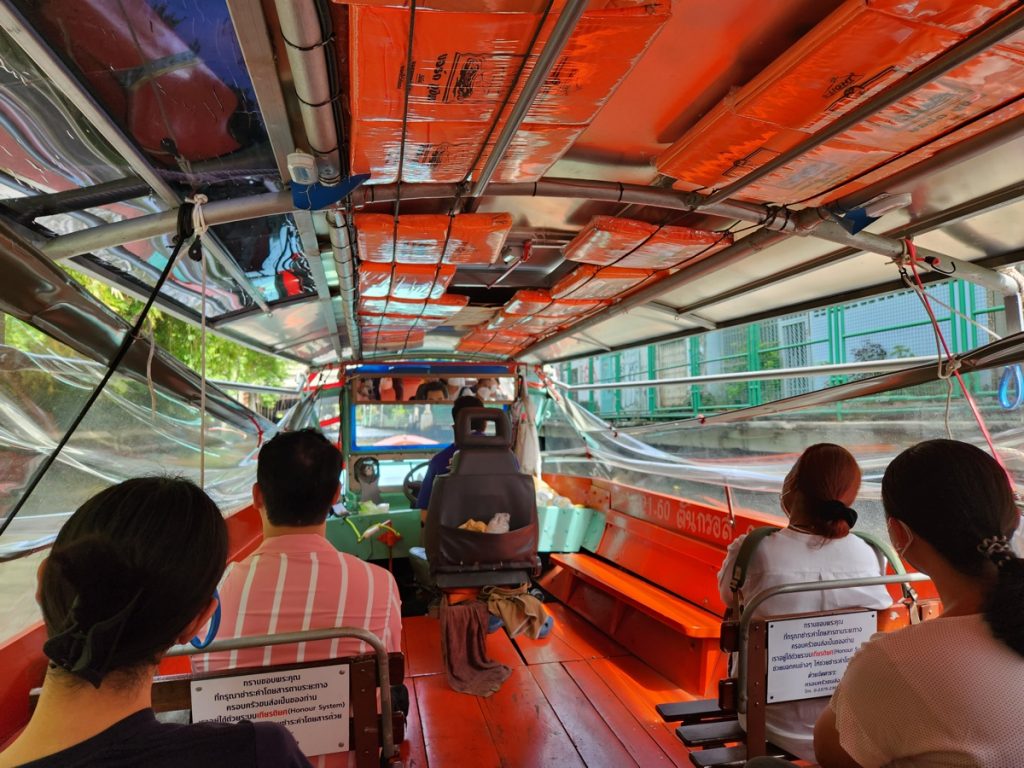
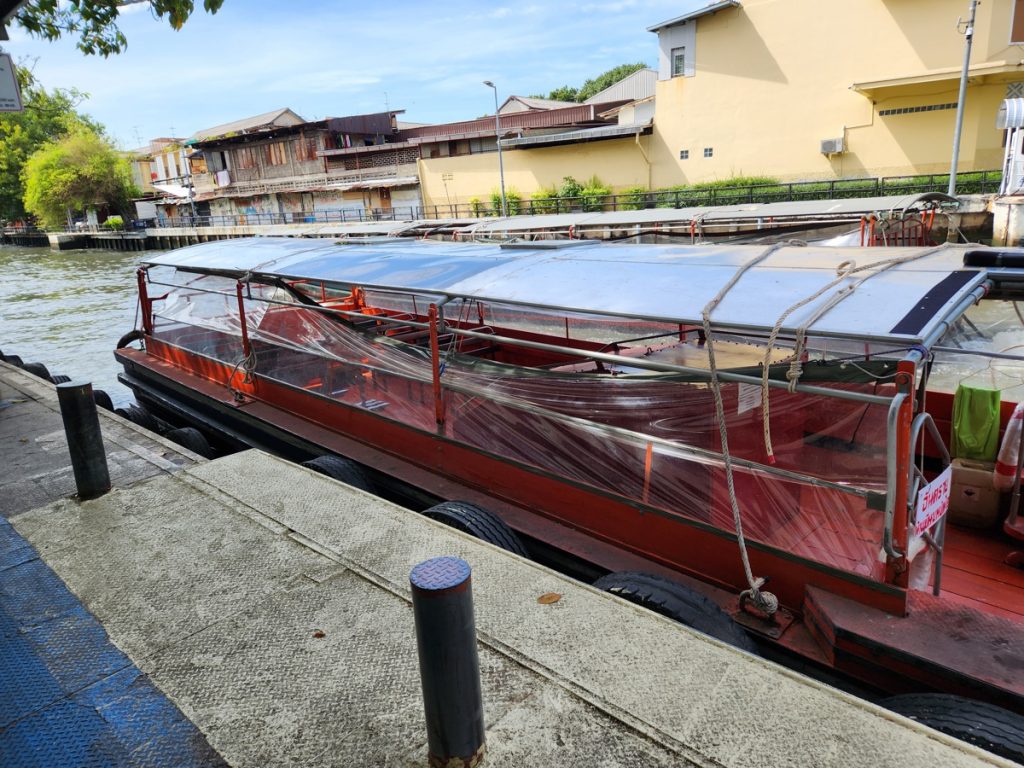
Bangkok: Tuk Tuk
Tuk tuks, or motorcycle taxis, were an obvious tourist trap. Compared to cars, they were more expensive, lower in capacity, and exposed to elements and exhaust. But being constructed from motorcycles, these things were fast and nimble. And fun.

Riding a tuk tuk was initially low on my list, but we figured the kids needed to experience it at least once. So we got one to visit Yaowarat on the second evening. That guy put on a show and made us feel like Pierce Brosnan:
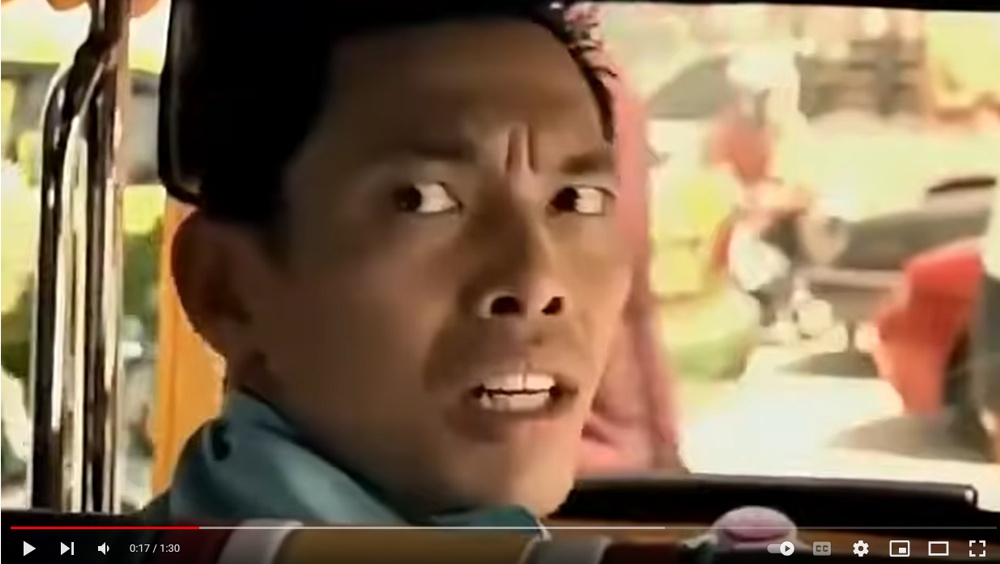
Pro tip: take your tuk tuks at night, when the vehicles light up in neon and the traffic is lighter to allow for more spirited maneuvers. We got addicted to riding these things giving us an adrenaline boost just before bedtime. Aggressive acceleration, racing down the street, u-turns through oncoming traffic… our favorite driver launched his vehicle while my left foot was still on the ground, and the hair on his little sister (sitting beside him) was more often parallel than perpendicular to the ground. If the Thai people haven’t yet created their own Fast and Furious franchise featuring tuk tuk racing, somebody needs to get on it.
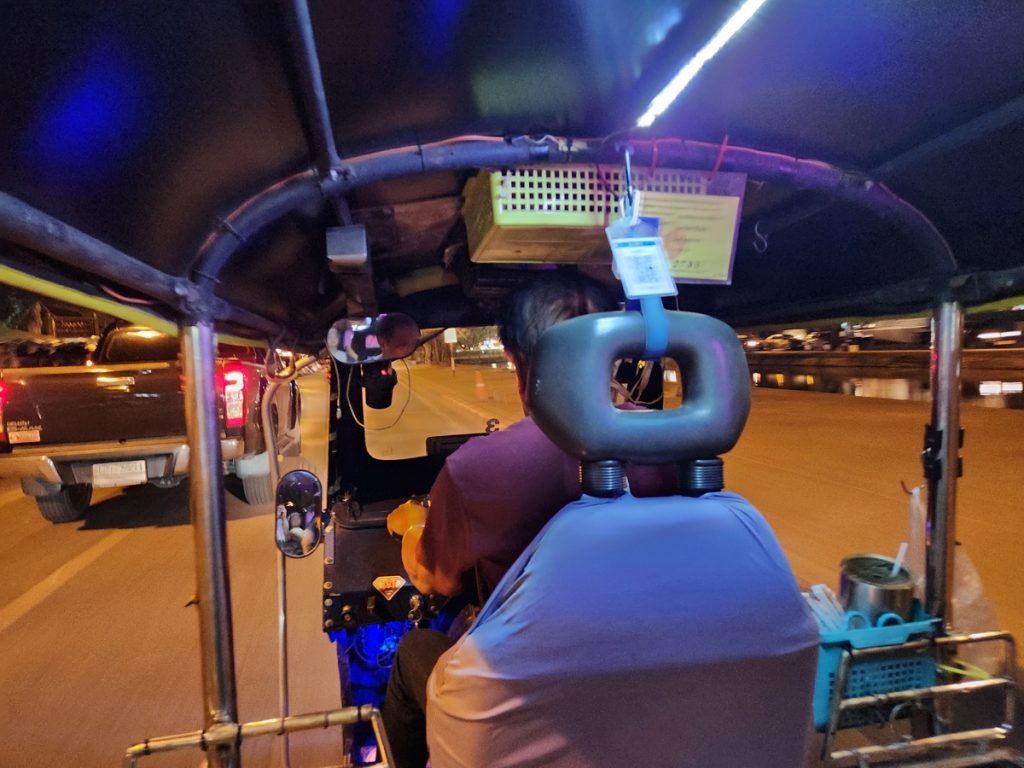

Oh we also Shazam’ed some sick beats from riding tuk tuk, and made them our soundtrack for the duration of the trip. We referred to one of them as “我在意你老爹” and the other “I just wanna pan fry your diaper…” (yes, I need to study Thai harder)
Overnight Train: Bangkok to Chiang Mai
We took this mainly for nostalgia, but it was an awesome experience in its own right. See separate post dedicated to that ride.
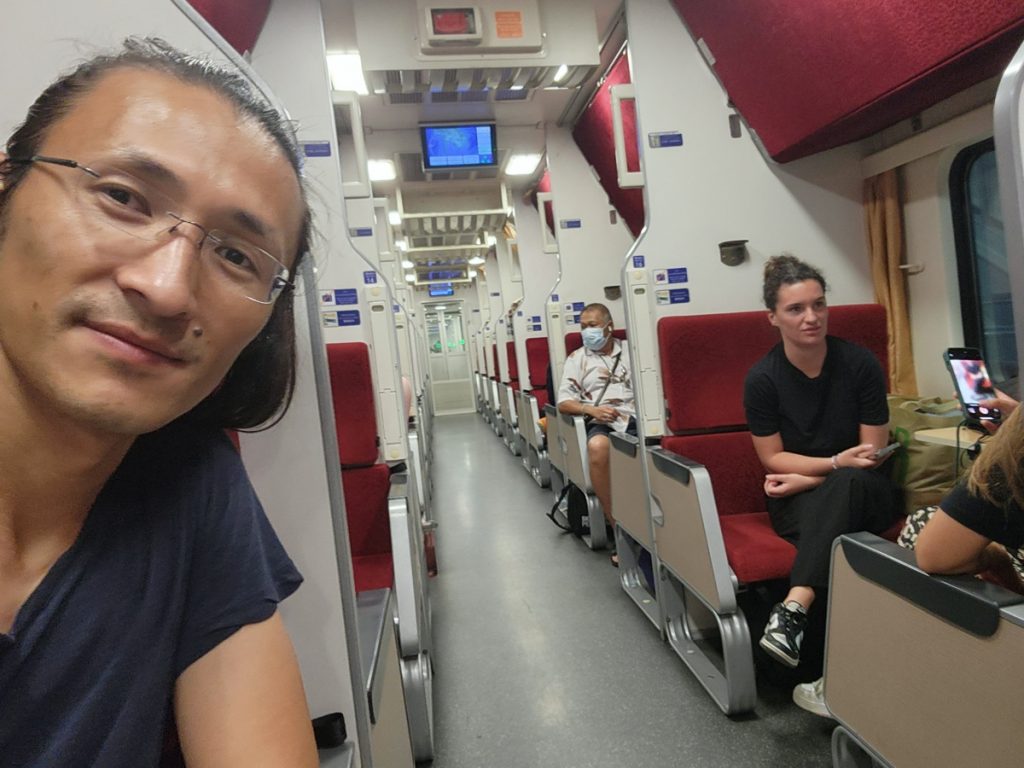
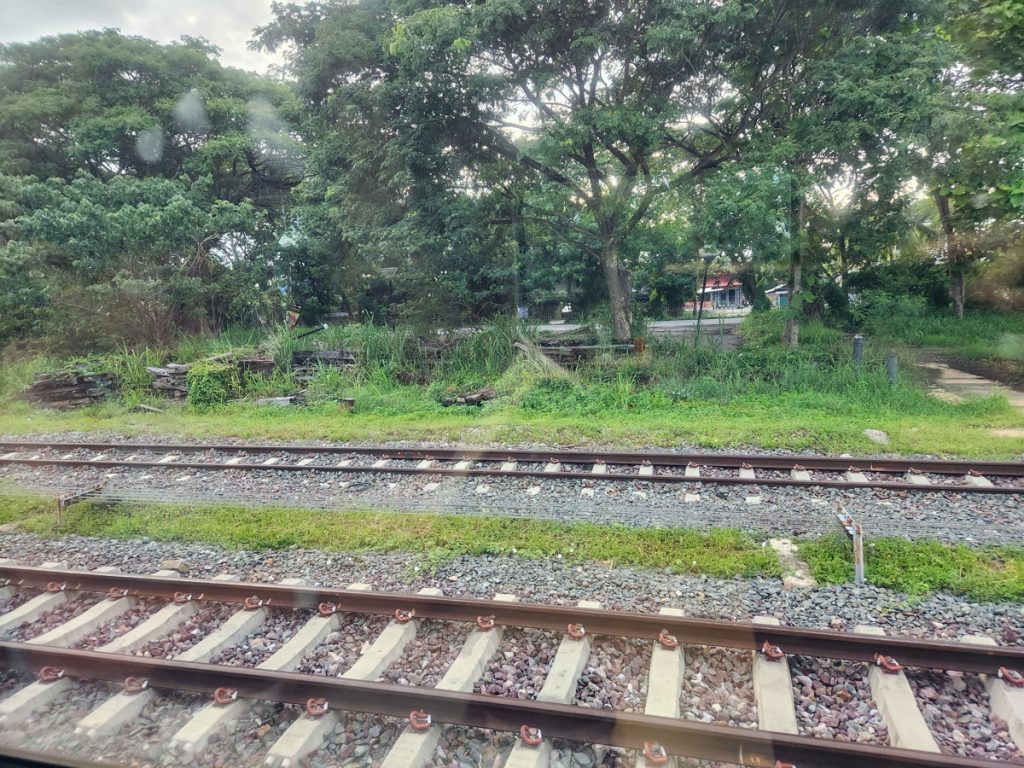
Chiang Mai: Songthaew
Songthaew literally means “two rows”, referring to the two benches for seating. In Chiang Mai they are also known as Rod Daeng or “red cars”. In form, these were modified pickup trucks with two benches in the back. In function, they were a cross between taxi and UberX Share, or a hybrid between a Lyft and a bus. You hail a ride, tell the driver where to go, and hop on to join other riders. The driver figures out which route to take and which stops to prioritize. You get there when you get there.
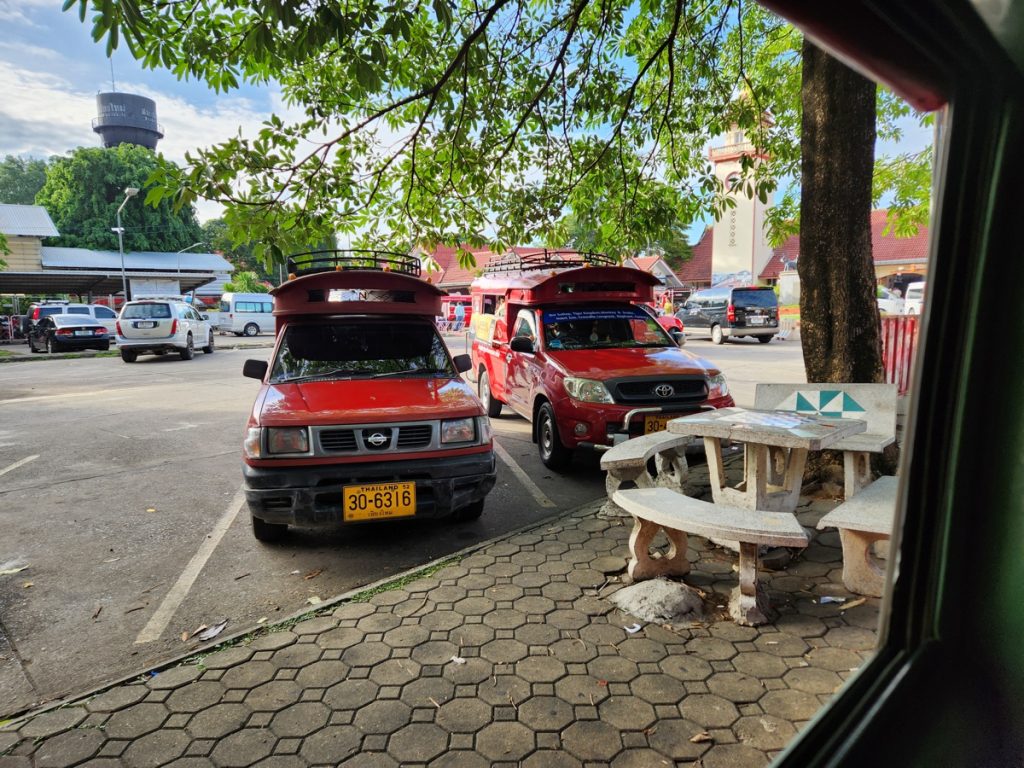
On paper, it doesn’t sound convenient or reassuring, especially to those of us used to having everything on a smartphone. Once we got there, though, I fell in love with this unique way of getting around. A main reason was that Songthaews were easily flagged down everywhere, and could also be summoned by using Grab. You’d be on your way before a Grab Car driver even accepts your ride request. Also, even though a bench on a truck sounds primitive, it was actually quite roomy and comfortable. I enjoyed being able to sit upright and move around during the trip.
Paying for this service was kind of a mystery. The guide I read explicitly warned about asking for a price, which would be invitation for scam. Just hand over some money at the end of the ride. The train station where we took our first Songthaew had a sign that said 30 baht per person, which matched the online guide, so I had followed that rule for the first few rides. I had no qualms about that affordable price, but couldn’t help but notice the delight on the drivers’ faces every time I handed over 120 for my family of 4 or 180 for my family of 6. Then I experimented with giving 25 or 20 baht per person, which was equally greeted with grace. Someone told us later that for basic rides 10 baht should’ve been enough, but I didn’t have the heart to be that cheap. The economics were fascinating.
We actually shared a Songthaew with other people only once. Traveling as a party of six, we often chartered a whole red car to ourselves. While I realize one was supposed to negotiate when given a first offer, prices were usually so low that I never cared to. For example, the guy who spent 3 hours driving us up Doi Suthep, waiting there, and taking us back down asked for 500 baht (<$15 USD). Back home, gas alone probably would’ve cost that much.
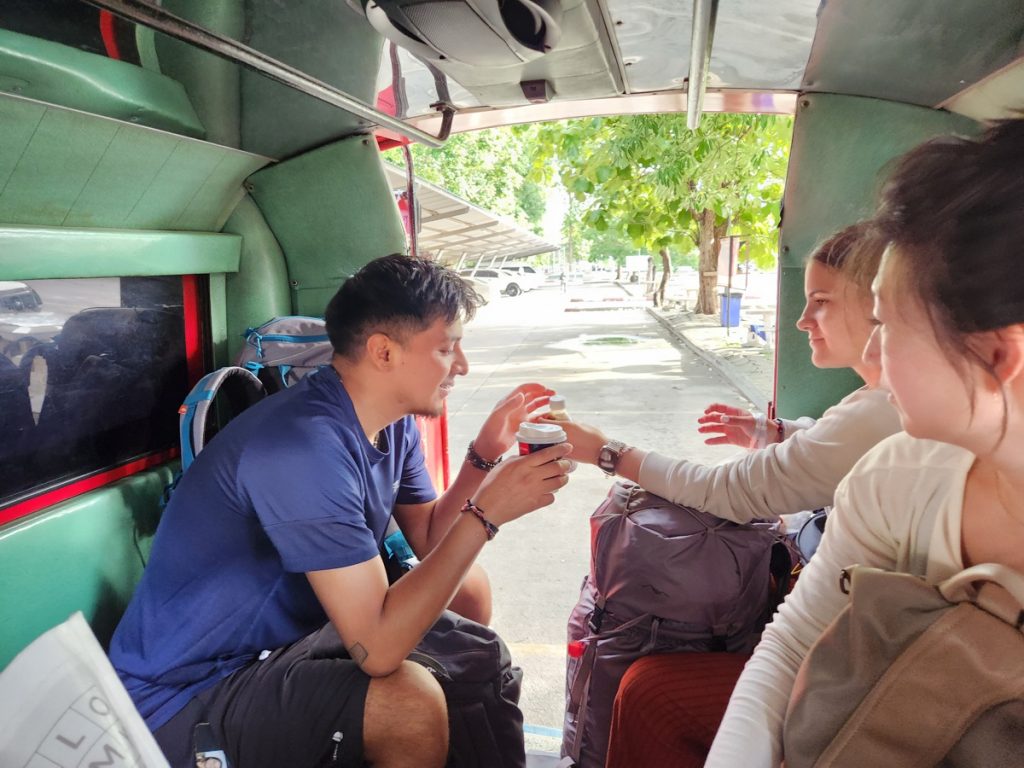
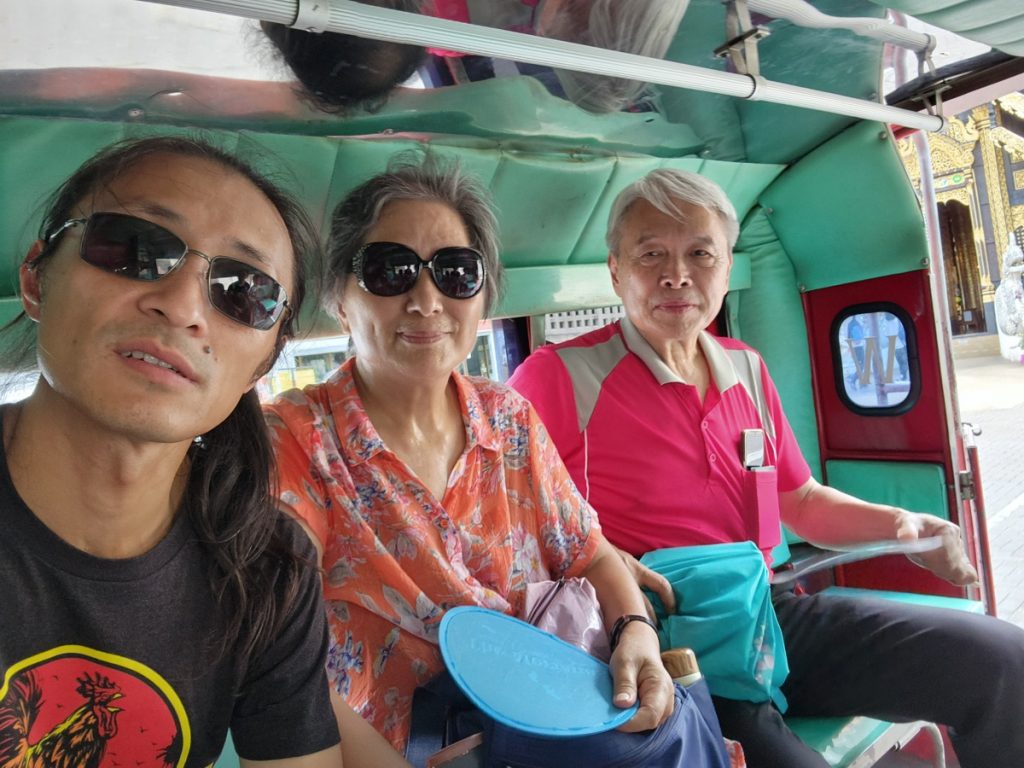
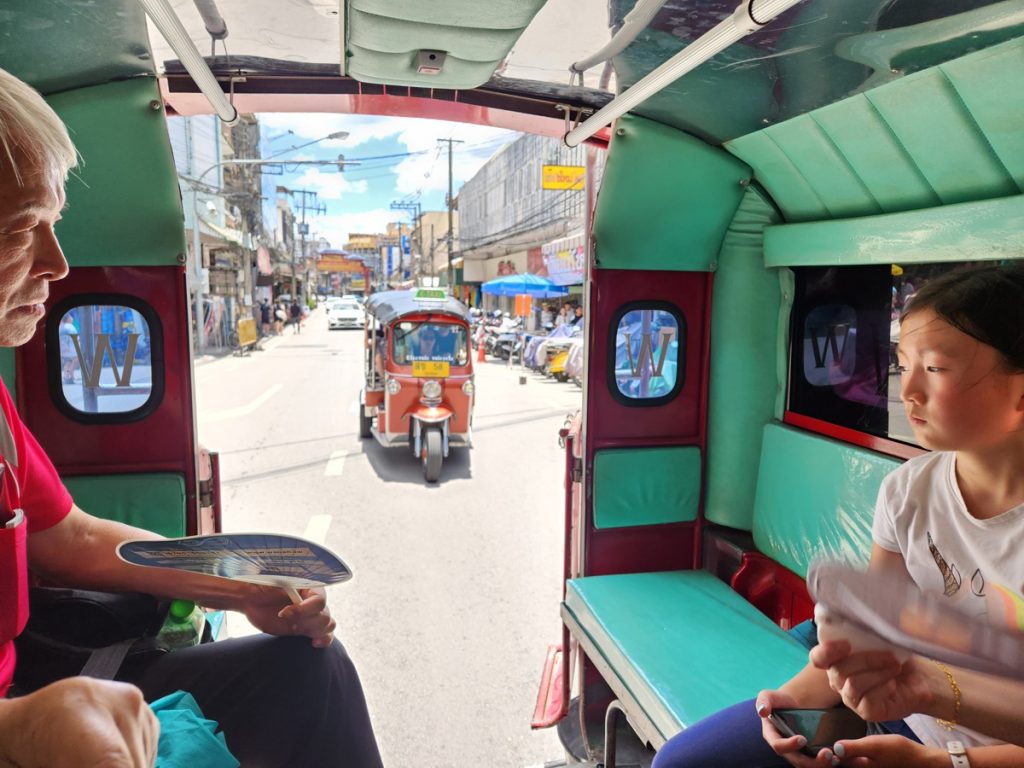
Chiang Mai: Pickup Truck
I know I have been overly passionate about many vehicles on this list already, but there was a special sense of excitement when the elephant tour people took us to a waterfall on the back of a pickup truck. And I didn’t even care for that waterfall.
For sure, this was the least comfortable mode of transportation in this entire trip. But it was so redneck that I found secret pleasure in finally trying it…
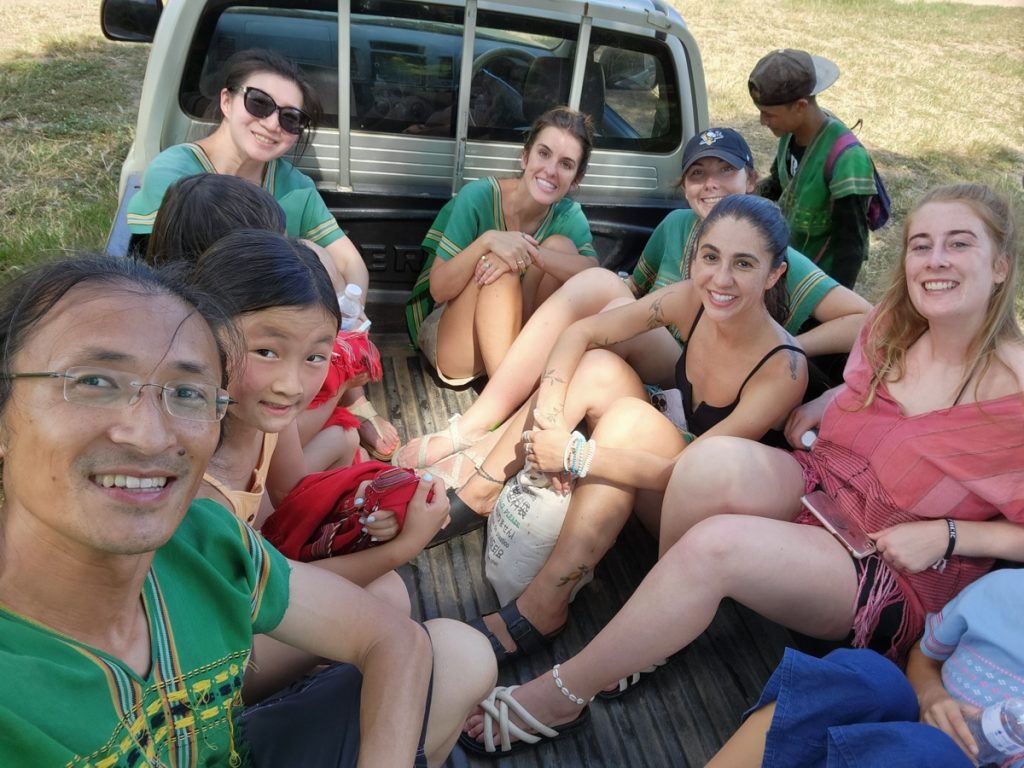
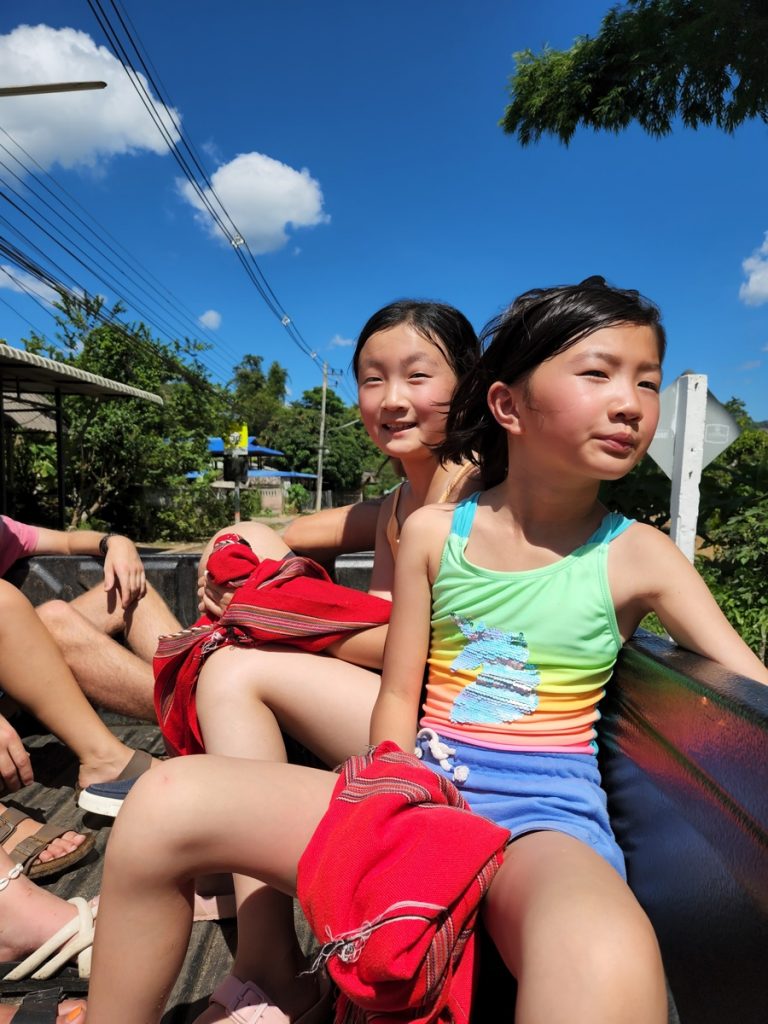
Bus: Chiang Mai to Chiang Rai
There was no flight or train between these cities in northern Thailand, so we had to either hire a car or take a bus. The 3.5-hour ride was scenic, and the bus with 3 seats per row was clean and comfortable.
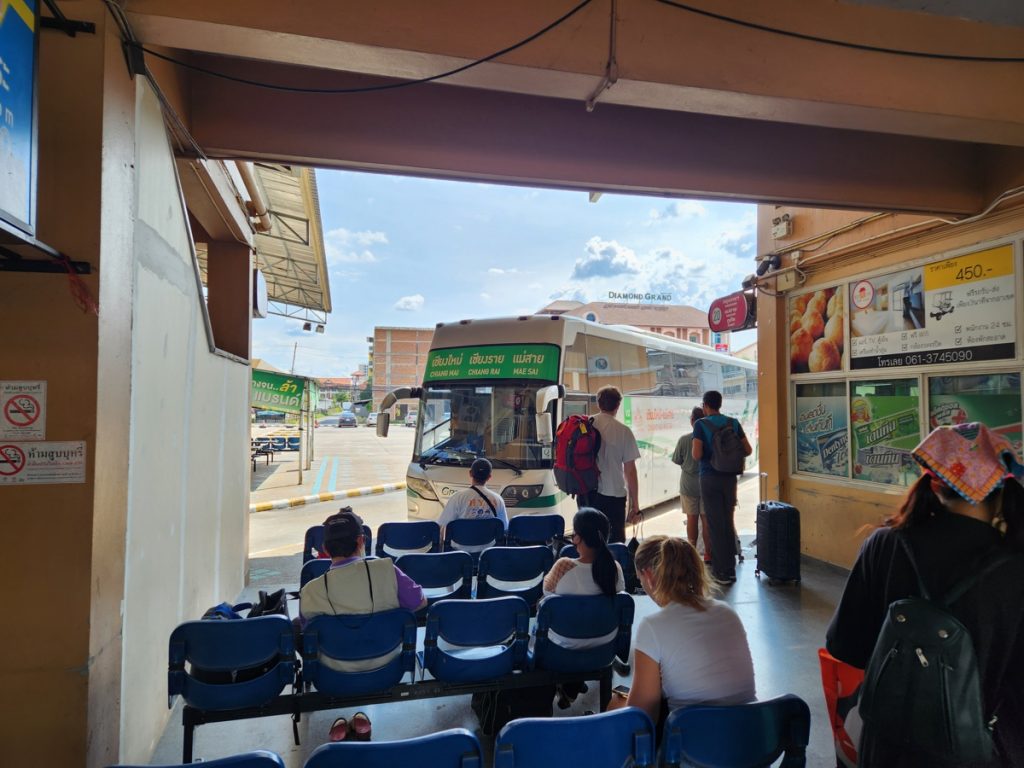
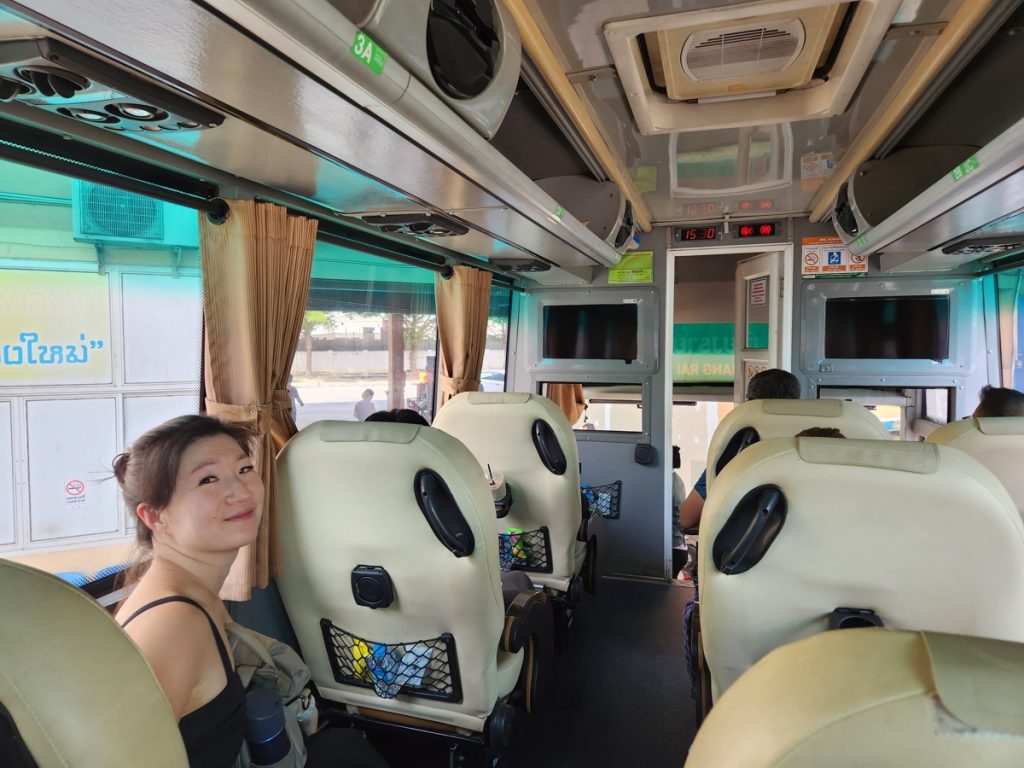
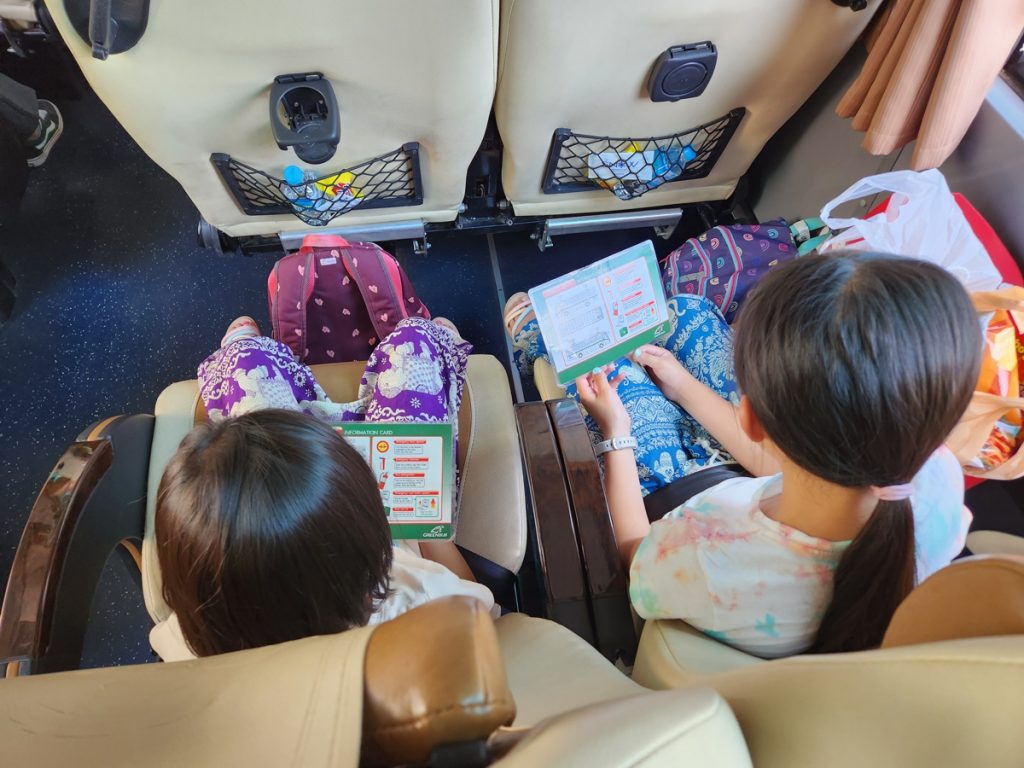
Chiang Rai: Songthaew
Chiang Rai was a far smaller city than Chiang Mai, and many things there felt less prosperous. The songthaews, for example, were tiny. We didn’t see any roaming the streets, but a few were soliciting business at the bus station. We chartered one to take us to the White Temple and then the Blue Temple. It wasn’t a whole lot of baht, but felt more expensive than its Chiang Mai counterpart given the smaller vehicle and shorter distance.
It’s neat though that such a cute blue vehicle could transport six of us plus the driver, while taking up less space than many Americans’ daily commuter SUVs.
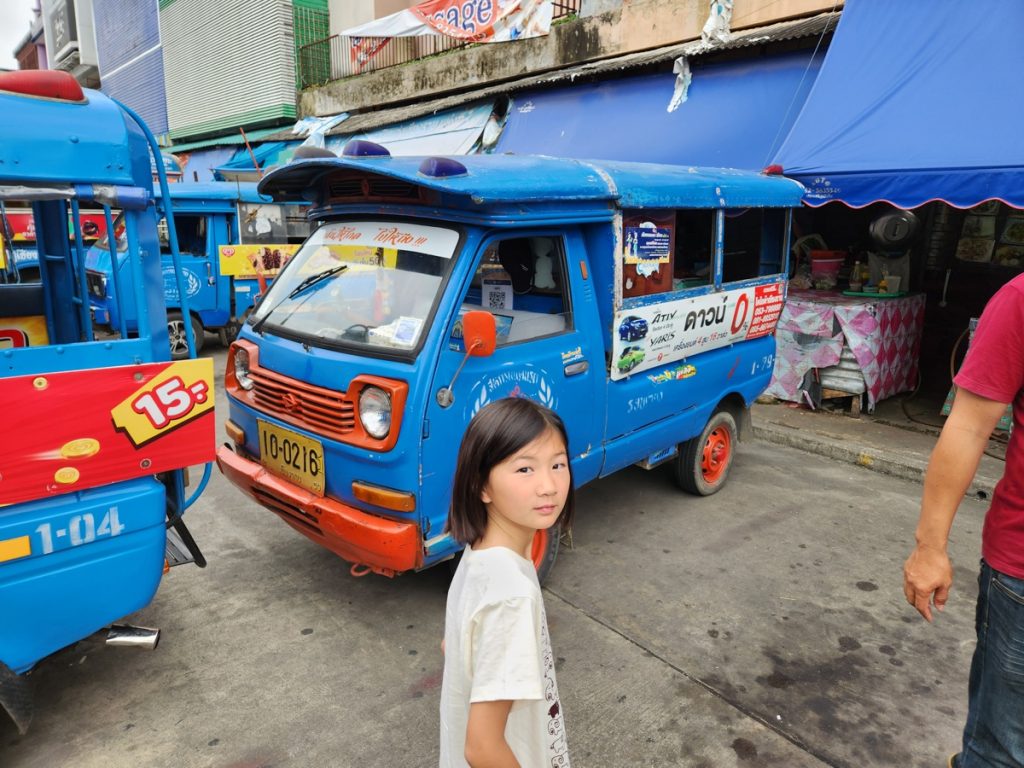
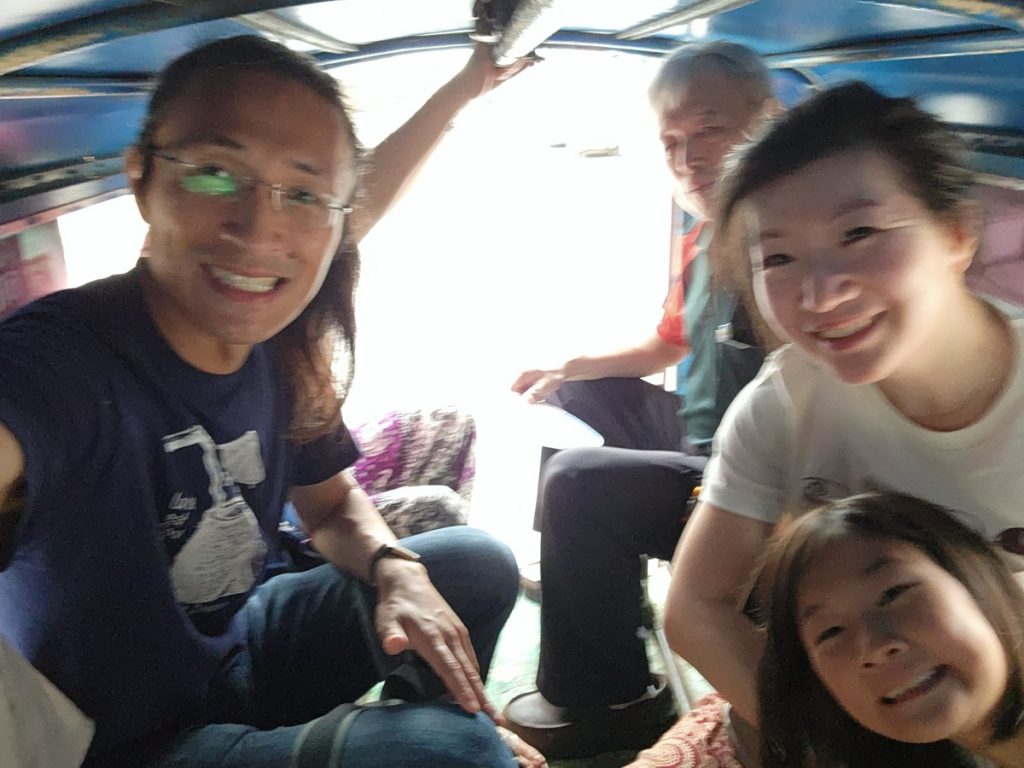
Southeast Asia 2023 – Index
- Kicking Off 15 Intensely Fun Days in Thailand and Singapore
- Attempting the Thai Language
- Modes of Transportation
- Bangkok: Grand Hyatt Erawan
- Bangkok: Itinerary 1
- Bangkok: Itinerary 2
- Bangkok: Malls
- Overnight Train to Chiang Mai
- Chiang Mai: Itinerary
- Chiang Mai: Elephants!!!
- Chiang Rai: Itinerary
- Wats in Thailand
- Notable Eats in Thailand
- Singapore: Itinerary
- Singapore: Deja Vu
- Singapore: Changi Airport & Flight Home
- Notable Eats in Singapore
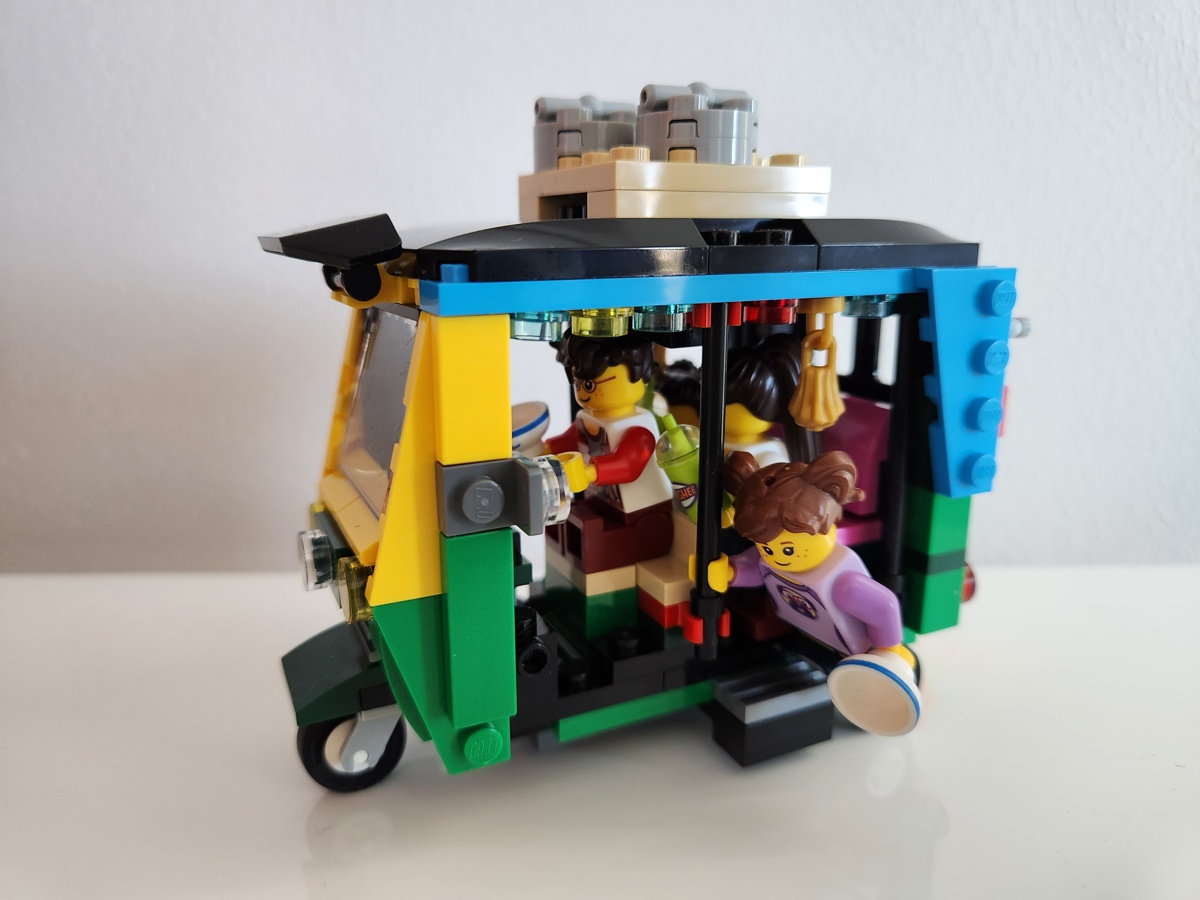
SEA 2023 (10/17) – Chiang Mai: Elephants!!! – Peter's Blog
August 20, 2023 at 3:23 am[…] Modes of Transportation […]
SEA 2023 (5/17) – Bangkok: Itinerary 1 – Peter's Blog
August 20, 2023 at 3:25 am[…] Modes of Transportation […]
SEA 2023 (1/17) – Kicking Off 15 Intensely Fun Days in Thailand and Singapore – Peter's Blog
August 22, 2023 at 1:03 am[…] Modes of Transportation […]
HK & Macau 2024 (2/9) – Move – Peter's Blog
October 26, 2024 at 12:04 am[…] have grown to really enjoy different modes of transportation around the world and made it a point to experience them on each trip. Hong Kong […]